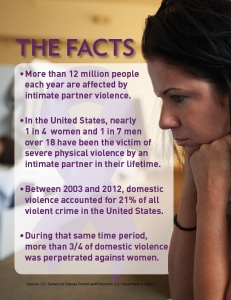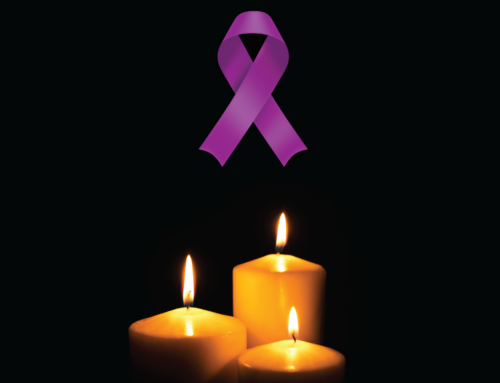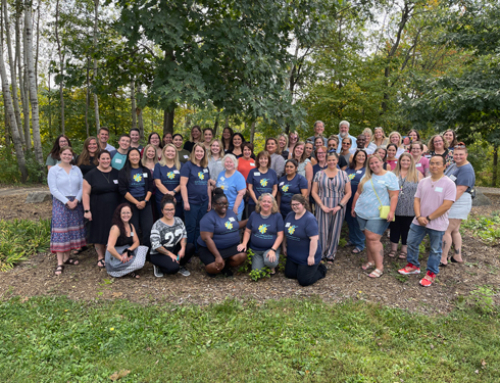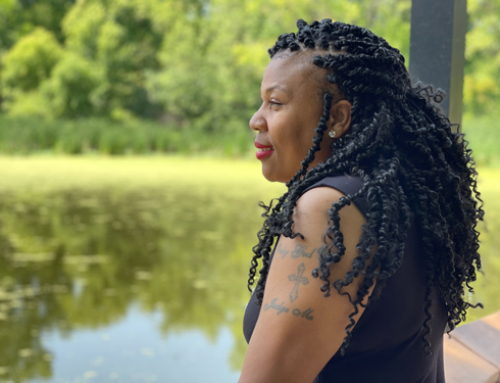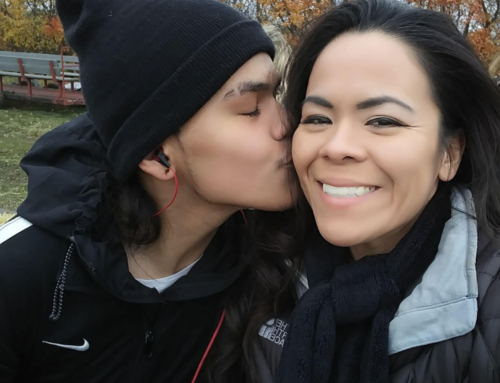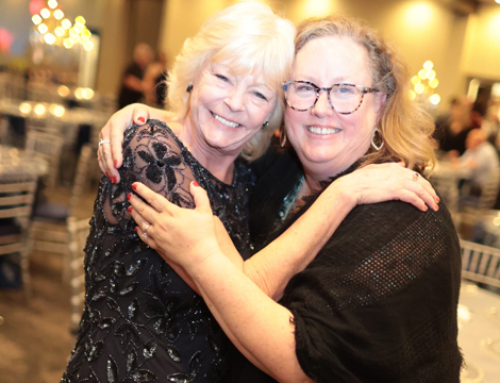by Sal Mondelli
President & CEO
Ayan Abdi Abdulahi, 21. Carol Lee Alexander-Pickart, 76. Kelly Ann Anderson, 45. Samirria White, 19. Victoria Alvarez, 15. These are just some of the names and ages of 24 known Minnesota victims of domestic violence homicide in 2015, according to the Minnesota Coalition For Battered Women (MCBW). Each time a victim of domestic violence homicide is confirmed in Minnesota, MCBW puts the call out to partner organizations and businesses, including 360 Communities, to raise the Live Free Without Violence flag in their memory.
This list of victims underscores something we have known about the scourge of domestic violence: it cuts across all socioeconomic lines. No one is immune to it. There are affluent people, there are poor people. There are victims of all ages. In one case from Minnetonka, an entire family was killed.
October is Domestic Violence Awareness Month. The U.S. Centers for Disease Control and Prevention says that one in four women will experience domestic violence in her lifetime. Think about that the next time you are at a sporting event, a theater, a movie, or church service and you look around at the crowd of people. You may be surrounded by women who have been subjected to violence in the home. You would never know it since most domestic violence is a well-kept secret. The pain, the shame, the hopelessness – it is hidden from the outside world … unless you are looking for the signs.
Physical signs of violence – bruises, black eyes, broken bones – these are the things people most commonly associate with domestic abuse. However, there are more subtle forms of abuse that victims experience as well. At the center is the abuser’s need for power and control. Survivors can be subjected to various types of abuse, including economic deprivation, emotional abuse, isolation, threats and more. Some ask the question, “Why does she stay?” The answer is that the physical and non-physical abuse work in concert to throw up very real barriers to victims. The question that should be asked is, “Why doesn’t he stop?”
You have the power to make an impact on this issue and help victims of domestic violence, not just in October, but throughout the year. Here are some ideas for you to consider to help create safer homes in your community:
- Be alert. Look for signs of abuse with your family, friends and neighbors. If you suspect that someone is experiencing domestic violence, contact your local police department. Remember, leaving an abusive relationship is the most dangerous time for a survivor.
- Volunteer at one of our Lewis House domestic and sexual violence shelters. You can advocate for survivors as they navigate the court system. You can run a support group, read to children, or help keep the shelter clean and organized.
- Visit 360Communities.org and take the Minnesota Says No More pledge. Minnesota Says No More is a local ally of the national No More project, which seeks to eliminate domestic and sexual violence.
- Join the Minnesota Coalition for Battered Women’s Live Free Without Violence flag campaign. Visit MCBW.org for more information.
- Use social media to spread awareness about domestic violence in October and throughout the year.
- Donate to support 360 Communities’ violence prevention and intervention work. When you support 360 Communities, you help wrap resources around survivors of domestic abuse, giving them the best opportunity to start new lives. Visit 360Communities.org for more information or to contribute.
- Talk about it. Domestic violence is not an easy topic to talk about, but healthy relationships start by defining what is right and what is wrong.
In 2014, 360 Communities provided violence prevention and intervention services to about 3,000 people, including more than 600 people who stayed at our Lewis House shelters in Eagan and Hastings. More than half of Lewis House residents were children. At these safe havens, survivors have access to support groups, court advocacy, and critical resources to help them begin new lives free from violence.
We often focus on the final act of domestic violence: homicide. This is what makes the news. We need to challenge ourselves to examine what in our culture allows domestic violence to occur in the first place. There is no one solution to ending domestic violence. It may seem like an insurmountable task to eliminate it, but at 360 Communities, we believe that if enough people stand with us and say No More through action, conversation and community, it can be done. Join us.

